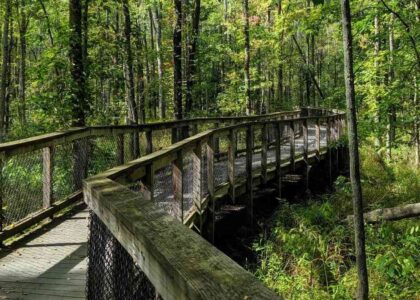Welcome to the Home of the Second Corn Palace in Mitchell, South Dakota! Imagine yourself stepping back in time to the late 19th century, a period when cities across the Great Plains were vying for attention and prosperity. Mitchell, a burgeoning community, crafted its own claim to fame with the creation of its first Corn Palace in 1892, known then as ‘The Corn Belt Exposition.’ This wooden castle was more than just a local attraction; it was a powerful symbol of the region’s rich agricultural potential, showcasing the bounty of South Dakota’s fertile lands and inviting settlers to make this promising area their home.
The Corn Palace, as we know it today, has undergone several transformations since its inception. In 1905, in a bold bid to challenge the city of Pierre for the state capital designation, Mitchell rebuilt the Corn Palace, reinforcing its importance with a more substantial structure. Although unsuccessful in this political endeavor, the Corn Palace continued to evolve, becoming a cornerstone of the community.
By 1921, the Palace had transformed once more under the architectural vision of Rapp and Rapp of Chicago, and in 1937, it acquired its distinctive Moorish design, complete with onion domes and minarets that you see today. This unique architectural style, coupled with its annual corn-themed murals, has made the Corn Palace a celebrated landmark.
Notable figures have passed through its doors, including future president Barack Obama, who visited in 2008, highlighting the Palace’s continued cultural relevance. Each year, the Corn Palace remains a vibrant hub for community events and festivals, such as the Corn Palace Festival and the Corn Palace Stampede Rodeo, drawing visitors from near and far.
What makes the Corn Palace truly special is the annual redecoration of its exterior with corn murals, a tradition that has persisted through the talents of local artists and the hard work of the community. Despite setbacks like the drought of 2006, which prevented new murals from being created, the dedication to this tradition remains strong.
Today, as you explore this iconic site, think of the generations of locals and visitors who have marveled at its ever-changing façade. This is not just a building; it’s a living history of Mitchell, a testament to the enduring spirit of the Great Plains.




